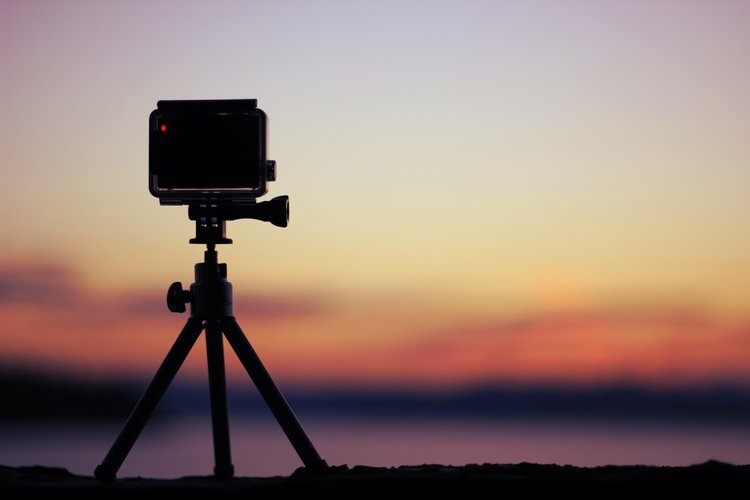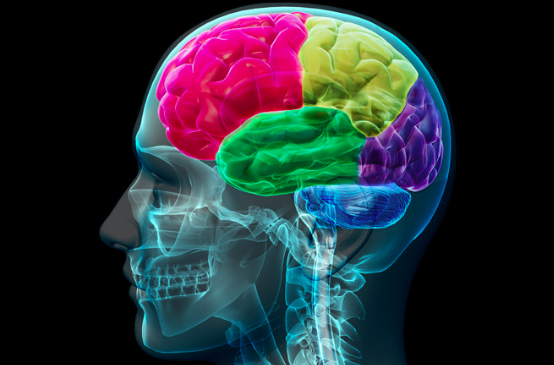RECLAIM (WEEK 3)

DAY 15: SELF REFLECTION
On Day 15 of your workbook complete the exercise about describing objects in room based only on their shapes, colors, and textures. No “it looks like” or other shortcuts.
DAY 15 MICRO-SCIENCE
Brain Science of Mindfulness

Humans have a natural instinct to explore their surroundings, but as a species we don’t move around as much as we use to. We stay inside more often, and get into more boring routines than our ancestors were accustomed to. Mindfulness is a way to help bring us back to our roots of exploration, picking our heads up and engaging with the awe inspiring reality that is this earth. Mindfulness is just bringing meditation to your everyday life, making the familiar seem unfamiliar. This tricks the brain into thinking everything is a novel experience and therefore raises your dopamine levels which then raises your levels of subjective well being. When you pay attention to the nuances of the world around you the brain thinks something important is happening and will therefore stop worrying about what’s next and focus on what’s going on right now. The brain can only do so much at one time so if you intentionally give it a job to do, such as admiring the lovely day or accepting the inevitability of a shitty day, then your brain will go off of autopilot and return to your manual control.
- FACT: When you’re bored, or your thoughts wander your serotonin(contentment) levels go down and acetylocholine (muscle activation) levels go up.
- TAKEAWAY: When your brain doesn’t have a job it makes you feel agitated and ready to move. This if often when people fidget if in a boring meeting.
DAY 15 MEDITATION
Guided Meditation
Listening to the sound of someone reading me a story is probably the thing I miss most about being a little kid. Fully attentive listening is all consuming and lets you escape the torment of your monkey mind. That is why I often do the adult version of “story time” with guided youtube meditations that are always accessible 24/7. These “stories” are so special because they tell the tale of how wonderful the world around you is, instead of telling you what’s wrong with the world as we so often hear. When you make meditation a daily practice your brain is then primed to see the reality of the world as it really is; beautiful.
DAY 15 MEDITATION
Today’s meditation is pretty easy just push the play button on the guided meditation and enjoy.
DAY 15 MOVEMENT
Penny Loafer Mindfulness

It’s amazing the numerous ways you can incorporate mindfulness into your everyday life. Whether it’s by taking the time to look the grocery cashier in the eyes before swiping your card, taking an intentional breath before talking, or stopping to admire a nice view. Most mindfulness techniques are just common sense to relax but we just don’t prioritize them. Mindfulness isn’t some voodoo magic, it’s just taking yourself out of the daydream that is your life and paying attention to what you chose to ignore previously. The exercise below is a great way to show you what mindfulness feels like, the key will just be to remember that feeling and catch yourself when your not doing it.
- FACT: After only 20 hours of mindfulness training, participants showed an average of 40% increase of activity in their lateral prefrontal cortex (positive emotions center).
- TAKEAWAY: It doesn’t take that much effort to increase your happiness and mindfulness is the quickest, cheapest, and longest lasting way to do it.
DAY 15 MOVEMENT
For today’s task set the timer for three minutes, place a penny on your shoe and walk around trying not to let it fall off. If it falls off just put it back on and pay better attention. Eventually, you will get bored, but bring your attention back to the task at hand and you’ll start to see the power of mindfully attending. Do what you’re doing!
DAY 15
Bonus Material
Ted Talk: The Power of Mindfulness
Check out this Ted Talk about the power of mindfulness to change how you see the world and then indirectly change how you experience the world.
Greater Good of Berkeley: The Science of Mindfulness
Check out this video by Jon Kabat-Zinn, one of the pioneers that brought mindfulness practices to the West.
